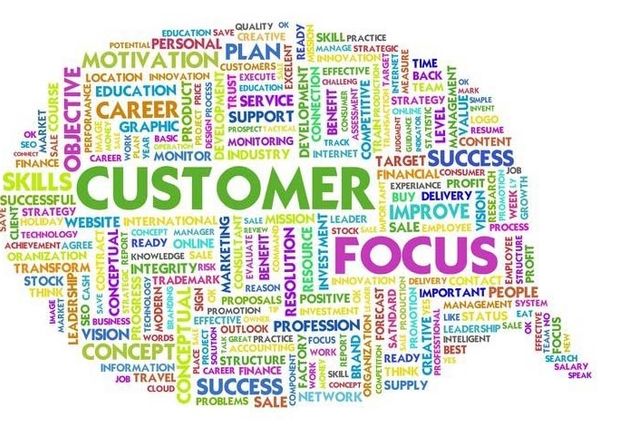The Current State of Digital Transformation in Australia Revealed
‘Digital transformation’ is a concept that has been discussed at work desks and meeting rooms, thrown round in the media and unravelled in boardrooms. But, what does this phrase actually mean for Australian technology departments?
According to the respondents from our recent The State of Digital Transformation in Australia report, digital transformation means delivering value to the customer more efficiently and effectively through constant innovation.
This can be done through automating previously manual processes to accelerate business actions and eliminate human error.
Despite the fact that global organisations, from small start-ups to massive enterprises spanning all industries, acknowledge the importance of keeping pace with digital transformation, many are struggling to translate this into action.
However, this report will show that 2018 must be the year of action. Australian businesses must begin to digitally disrupt, or be disrupted.
The present picture
When asked to rate the digital majority level in their organisation, only 25 per cent of respondents believed their business was ‘ahead’ in this area. The majority (31 per cent) rated their company as slightly above the industry average. However, worryingly, 21 per cent believed the digital maturity level of their organisation to be either below average or behind the curve.
More encouragingly, nearly 69 per cent of Australian companies have a ‘clear and de ned digital strategy’ for this year. However, the remaining 18.75 per cent said they had not put a strategy in place, and
a further 13.39 per cent of respondents admitted they didn’t know whether they had a well-de ned strategy in place.
Do you have a clear and defined digital strategy for 2018?
The report also unsurprisingly showed that respondents who said their company did not have a digital strategy or didn’t know, tended to be those who rated their digital maturity as behind the industry average.
Not having a clear vision for the next 12 months, or not communicating it to employees effectively, means these organisations – in particular the larger enterprises – will struggle to make their digital vision a reality. It is crucial that these companies set forward a vision aligned to core business objectives as they are at risk of falling even further behind their competitors.
How do you rate your organisation's digital maturity level?
Why are Australian businesses failing to keep up with the global pace of digital transformation?
Australian businesses did not suffer from the same market crisis that occurred in the majority of the world, namely the global financial crisis.
In Europe and the US, this crisis resulted in the consolidation or loss of a significant number of organisations, ultimately forcing companies to adapt by becoming leaner to survive. Competition increased for the customer as these same customers increasingly moved online. By looking to reduce costs and increase speed, companies looked to cloud services to reduce the size of exit datacentres, which also gave them the opportunity to further digitally-enable service offerings.
Meanwhile, Australia was largely unaffected. Competition for customers remained at, companies anticipated a market impact that did not materialise and simply cut spending on technology. Therefore, the market did not need to react to customers new expectations as quickly, partly caused by the lack of need to respond.







